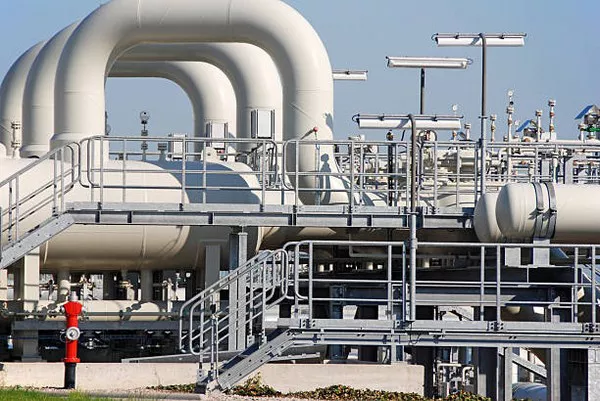An inoperative air compressor can be a source of frustration, especially when it disrupts critical processes or hampers the functionality of essential tools. When faced with the dilemma of why a compressor won’t come on, it’s crucial to approach the issue systematically. In this article, we will explore the common reasons behind a non-responsive air compressor and discuss troubleshooting steps to identify and rectify the problem.
Power Supply Issues
One of the primary reasons why an air compressor may refuse to start is a problem with the power supply. Before delving into the internal components, it’s essential to verify that the compressor is receiving a stable and adequate power supply. Ensure that the power cord is securely connected, and there are no issues with the electrical outlet or circuit breaker.
Inspect the power cord for any visible damage, such as frayed wires or exposed insulation. If any issues are detected, the power cord may need to be replaced. Additionally, using a multimeter can help determine if the compressor is receiving the correct voltage, ensuring it operates within its specified range.
Pressure Switch Malfunction
The pressure switch plays a crucial role in regulating the compressor’s operation. It monitors the air tank’s pressure and signals the motor to turn on or off accordingly. If the pressure switch is faulty, it can prevent the compressor from starting.
To diagnose a pressure switch malfunction, first, check for any signs of physical damage or corrosion. Next, test the continuity of the pressure switch using a multimeter. If there is no continuity when the pressure switch is engaged, it may need to be replaced. Additionally, inspect the tubing connected to the pressure switch for leaks or blockages, as these can also affect its performance.
Capacitor Issues
The motor capacitor is another component that can contribute to a non-responsive compressor. Capacitors store electrical energy and provide the extra power needed to start the motor. A defective capacitor can hinder the motor from initiating the compressor’s operation.
Inspect the capacitor for any visible signs of damage, such as bulging or leaking. If the capacitor appears compromised, replacement is recommended. Additionally, use a capacitor tester to check for the capacitance value, ensuring it aligns with the specifications outlined in the compressor’s manual.
Motor Problems
The compressor motor is the heart of the system, and any issues with its functionality can lead to startup failures. Common motor problems include overheating, worn-out brushes, or a burnt-out winding.
To troubleshoot motor issues, start by checking for overheating. If the motor feels excessively hot, it may be due to poor ventilation or overuse. Allow the motor to cool down before attempting to restart the compressor. Worn-out brushes can impede the motor’s ability to generate sufficient torque. If the brushes show signs of wear, replacing them might resolve the problem.
A burnt-out winding is a more severe motor issue that may require professional intervention. If other troubleshooting steps prove ineffective, consulting a qualified technician to inspect and repair the motor is advisable.
Belt Tension and Alignment
Many compressors utilize a belt-driven system to transfer power from the motor to the compressor pump. If the belt is loose or misaligned, it can prevent the pump from turning, leading to startup issues.
Inspect the belt for proper tension by applying moderate pressure with your finger. It should give slightly but should not feel loose. If the belt tension is insufficient, adjust it according to the manufacturer’s guidelines. Additionally, check the alignment of the belt and ensure it is properly seated on the pulleys. Misalignment can cause excessive wear and may lead to the belt slipping off during operation.
Thermal Overload Protection
Compressors are equipped with thermal overload protection to prevent damage caused by overheating. If the motor exceeds a safe temperature, the thermal overload switch will cut off power to the motor.
Allow the compressor to cool down before attempting to restart it. If the thermal overload switch is frequently tripping, it may indicate an underlying issue, such as inadequate ventilation, overuse, or a malfunctioning motor. Addressing these root causes can prevent future occurrences of thermal overload protection activation.
See Also Why Your AC Compressor Won’t Turn On
Conclusion
Troubleshooting a non-responsive air compressor requires a systematic approach, starting with the power supply and progressing through key components such as the pressure switch, capacitor, motor, belt, and thermal overload protection. Regular maintenance, including visual inspections and preventive measures, can significantly contribute to the longevity and reliability of an air compressor. In cases where troubleshooting proves challenging, seeking the expertise of a qualified technician ensures a comprehensive assessment and timely resolution of the issue.

